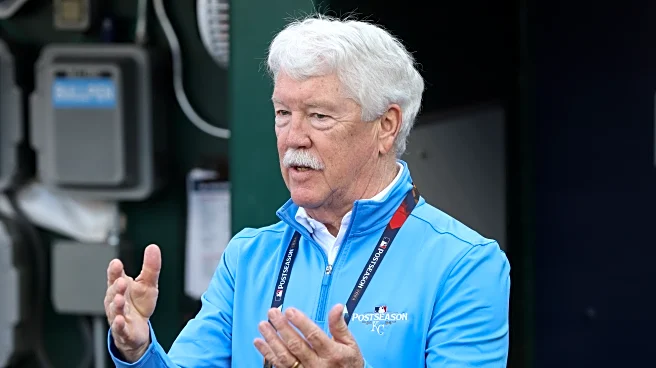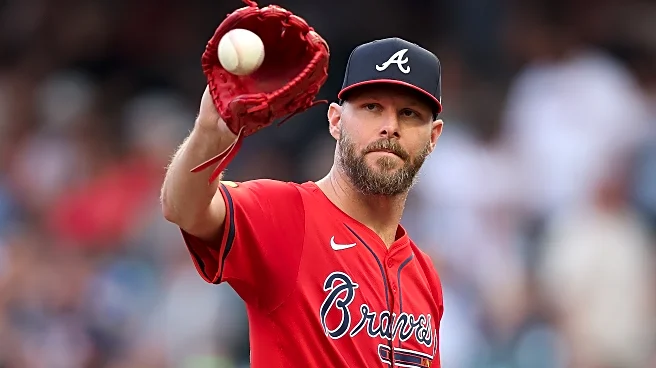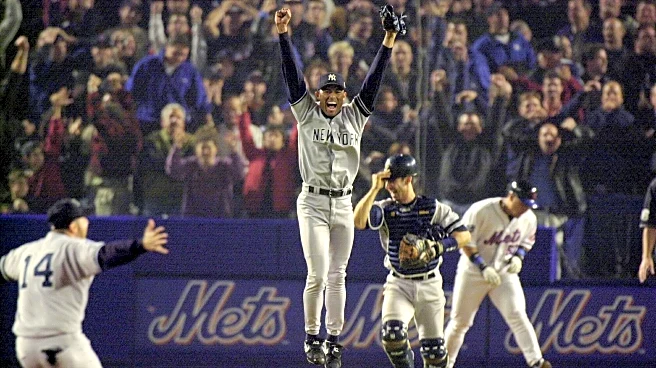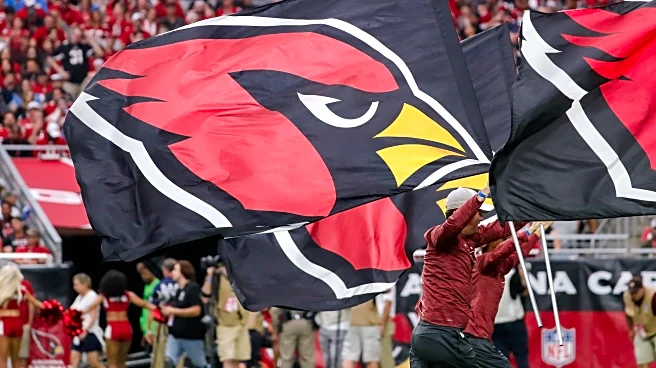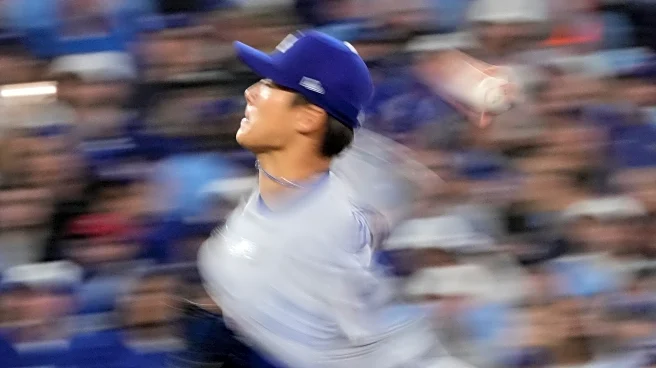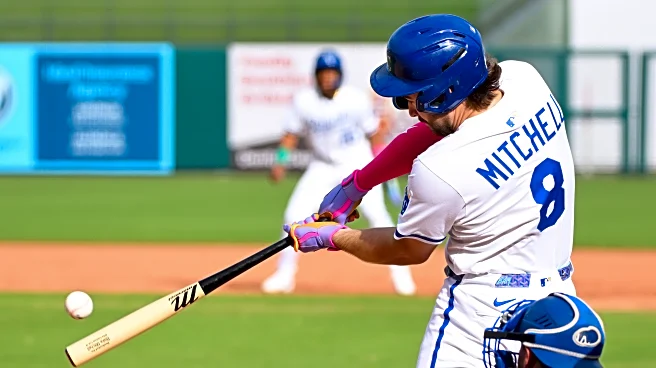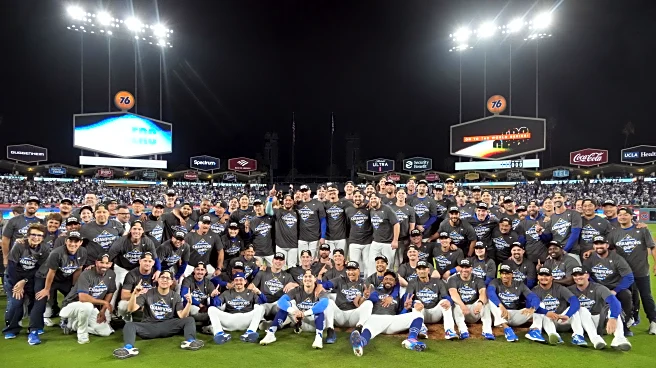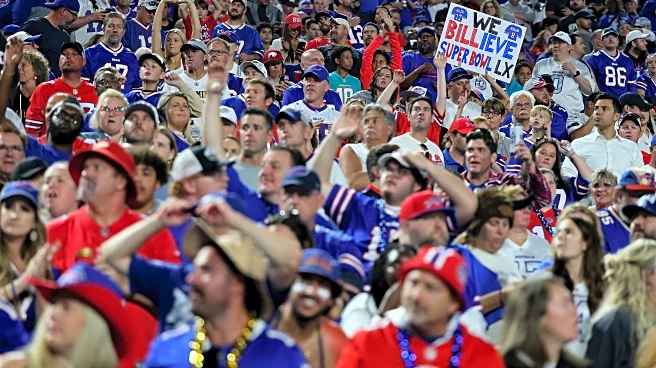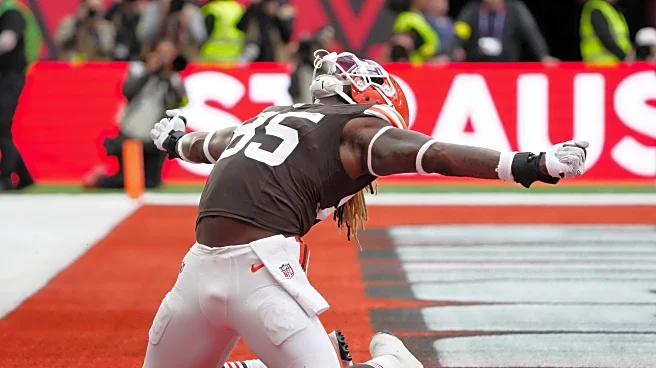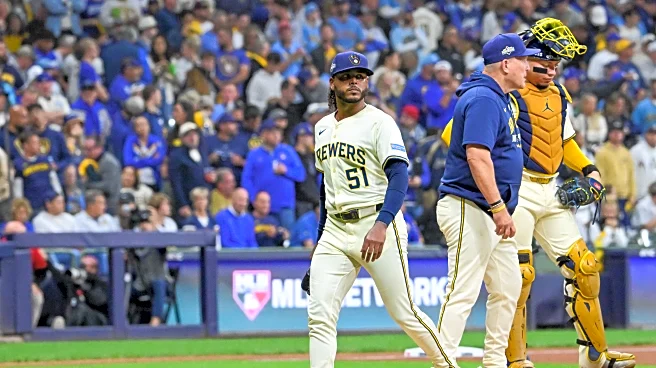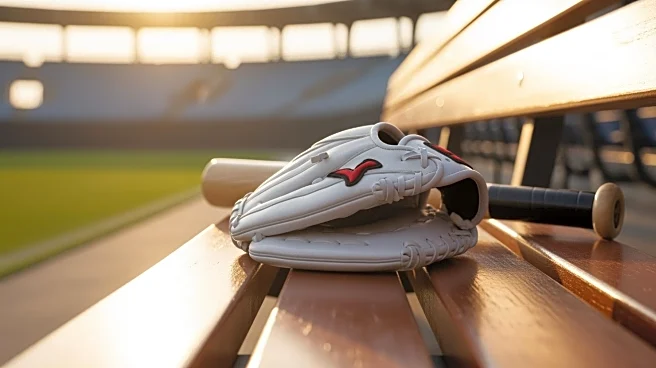The Dodgers and Blue Jays are currently squaring off in the Fall Classic, each in the top five in MLB in payroll spending. The fiscal advantage enjoyed by certain clubs, particularly the Dodgers, is once
again prominent. On the other hand, this postseason saw the Brewers – who play in a market smaller than Kansas City – in the NLCS, with the small-market Guardians and Reds also in the postseason. But in a sport where money still correlates closely with October appearances, Royals fans must ask if ownership is spending enough to compete, or just enough to say they tried?
Unlike the NFL or NBA, baseball has massive disparities in how much teams spend. The NFL and NBA rely heavily on national media deals that are split equally among all clubs. Baseball has national media deals split similarly, but teams rely more on local TV deals. Those deals pay teams far greater fees in large markets, with only 48 percent of those revenues split equally. For example, under a TV deal with then-Bally Sports Kansas City signed in 2019, the Royals received around $45-50 million per year. The Yankees own their own regional sports network – YES Network – which generated $143 million in revenues in 2022. Plus, there are many more revenue opportunities in New York – more luxury suite sales at higher price points, more marketing opportunities, more sponsorships.
While it may be frustrating for small-market fans that certain clubs get protected monopolies or duopolies in massive metropolises to exploit, it is not fair to expect the Royals to spend on the level of the Yankees with that disadvantage. But are they maximizing spending on the revenues they generate? MLB team revenues are not generally publicly available, but Forbes provides reasonable estimates on an annual basis. Spotrac provides total team expenditures on player payroll, including the luxury tax levied on teams for exceeding the payroll threshold. Using this data, we can evaluate which teams are spending the most money as a percentage of what they take in.
The Royals actually spend a slightly higher percentage on player payroll compared to what they take in than the mighty New York Yankees (George Steinbrenner would be rolling in his grave!). They spend slightly more than the league average spending of 52 percent, although you can see that the mean league average is skewed by some profligate spenders at the top, with the median at 48 percent. Nineteen teams spend a lower percentage than the mean league average, with the Marlins spending just over a quarter of revenues on the on-field product.
The Royals have spent despite a fair amount of uncertainty regarding future revenues. They will play in Kauffman Stadium through 2030, but do not intend to stay past that. A proposal for a new downtown ballpark was rejected by voters last year, and no alternative plan has yet materialized. The bankruptcy of Diamond Sports also jeopardized their local TV revenues. The team signed a short-term TV deal with FanDuel Sports Kansas City that includes a mutual option for 2026, and many expect MLB to take local TV rights in-house by 2028.
This data is from 2025, so how has Royals spending changed over the years relative to league spending? Using data from Cot’s Contracts at Baseball Prospectus, I evaluated how much the Royals have spent since 2000. When the Glass family took over in 2000, team spending veered between 40 and 80 percent of the league average, generally in the bottom third of the league. Spending bottomed out in 2011, when the team went with a young core, and as that core developed into a winner, the spending increased. The team peaked with above-average payrolls in 2016 and 2017, just after the World Series win. After the 2019 season, the Glass family sold the club to an ownership group led by John Sherman. Spending dipped league-wide in 2020 due to COVID, but the new ownership group has generally spent around 60-75 percent of the league average.

We can also evaluate how they spend compared to the MLB average and in comparison with their division rivals. The Royals play in the third-smallest market in MLB, according to data used by The Nielsen Company. They estimate the Kansas City metropolitan area has just over 1 million TV homes, compared to 7.45 million in New York. The only MLB markets smaller than Kansas City are Cincinnati and Milwaukee, both with around 950,000.
Since John Sherman bought the team, Royals spending has been greater than the frugal Guardians, but generally less than the other clubs in the division. Some of this reflects rebuilds by different clubs. The Royals were still rebuilding through 2023, as were the Tigers, and the White Sox tore down their roster about that time.

The Royals can’t control their market size, but they can control how they use the resources they have. Their payroll history shows a franchise that has generally spent within its means but rarely beyond them. The Guardians, Brewers, and Rays show that teams don’t necessarily need to spend much to have sustainable success. But it requires a front office willing to make tough decisions, identify talent accurately, and develop players in-house. Money helps, but competence matters more. The Royals have lifted themselves out of the doldrums to produce back-to-back winning seasons, but it remains to be seen if they can elevate the franchise to the next level.
